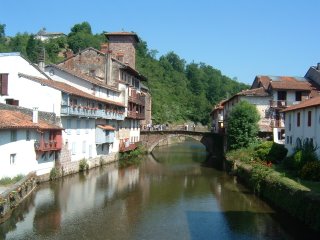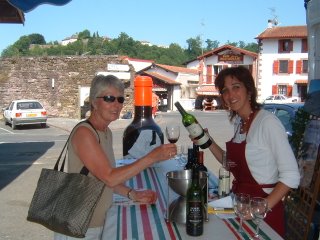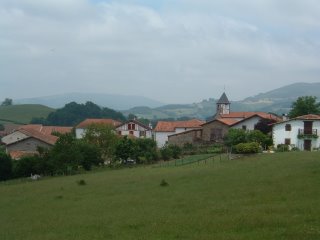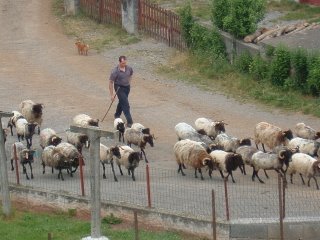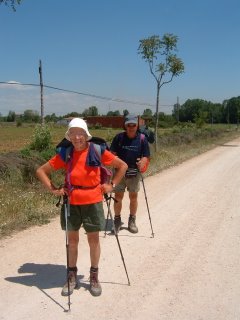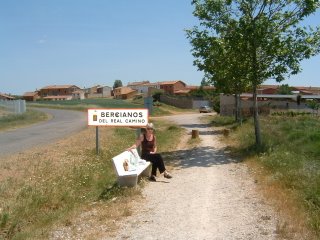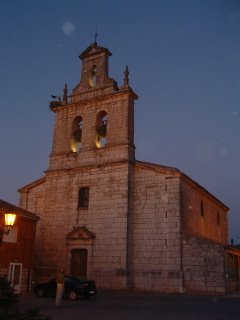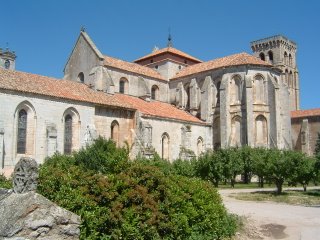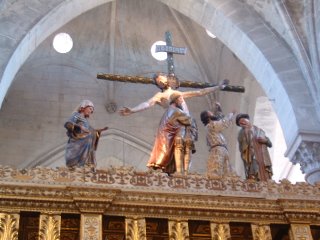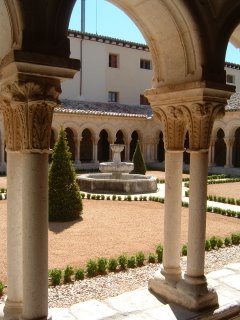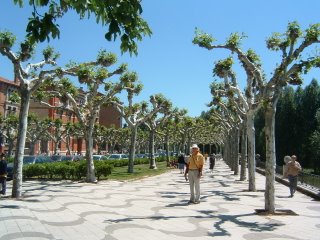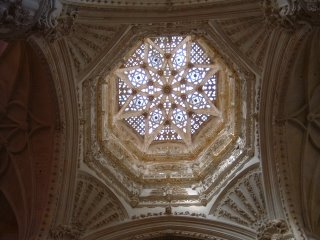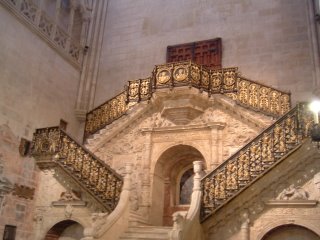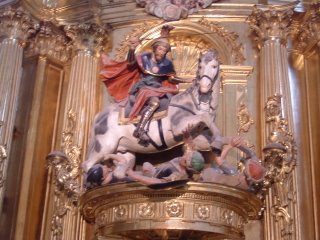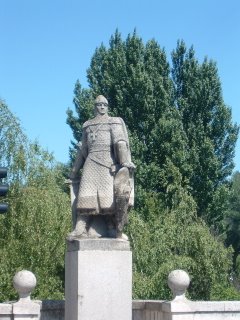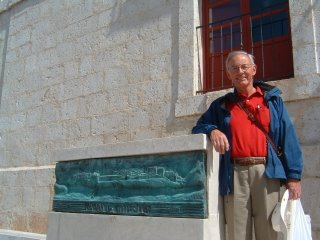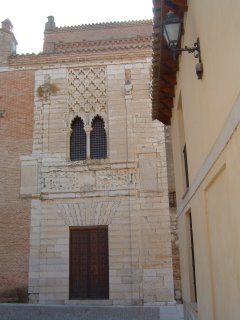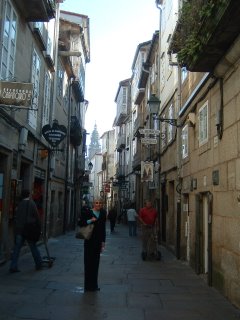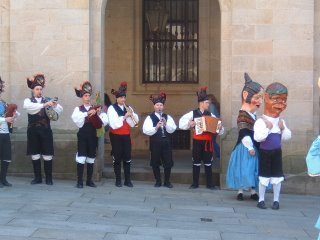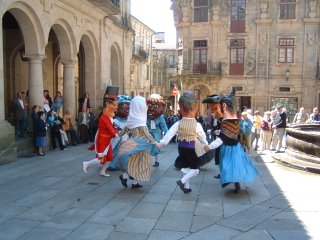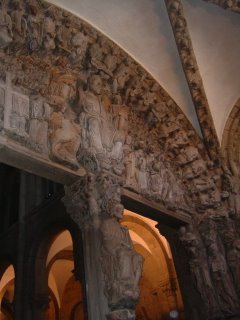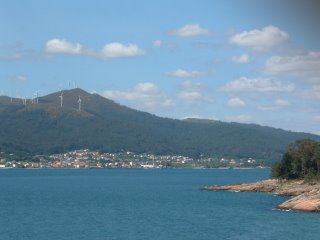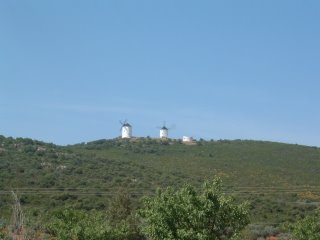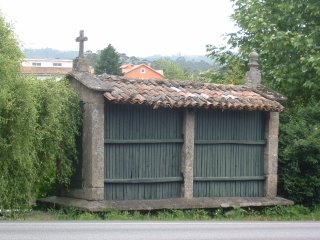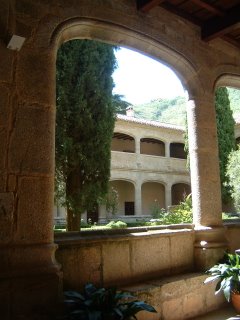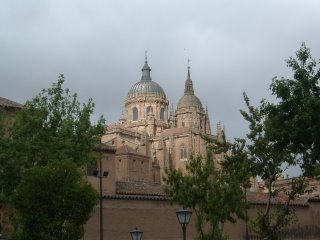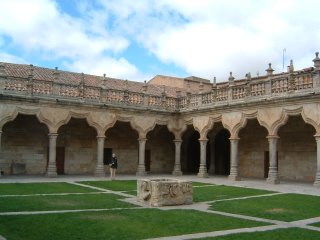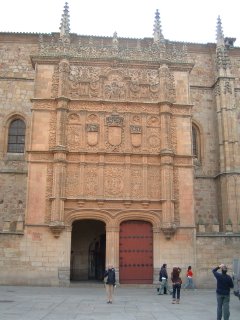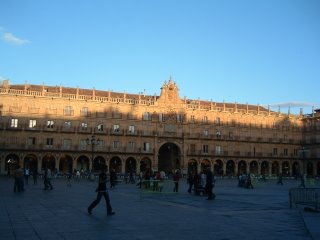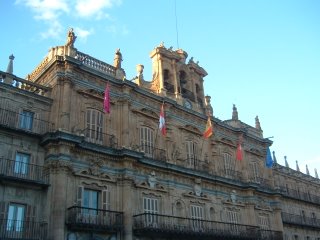Reunion with Granddaughter Claire
Nantes, May 29-30
What a wonderful two days! We came to Bouaye, a suburb of Nantes, to visit our granddaughter Claire, who was just finishing up her academic year as an exchange student at the local lycée before returning to Washington State for her senior year of high school. It would be hard to exaggerate how impressed we were with her maturity and her command of French. She took us to her school, where we toured its modern facilities, including the Bob Marley recreation student recreation area, which featured pool tables and murals of Bob. We also met a number of her friends and found that “deux fois” cheek kissing is currently the standard greeting among the young with “quatre fois” generally used by them for respected elders. According to Claire’s estimate, some 60-70 percent of lycée students smoke; the air was certainly full of tobacco when we passed the smoking area during a break.
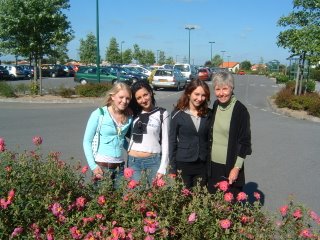
At Bouaye Lycée
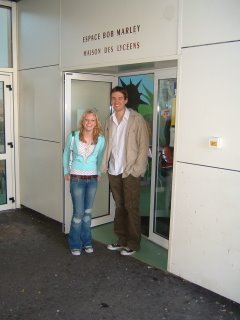
Claire and friend at entrance to Bob Marley Espace (Bouaye Lycée)
Claire then took us on a tour of downtown Nantes before we drove out to St. Nazaire at the mouth of the Loire River on the Atlantic. Here we had one of the moules/frites lunches one associates with coastal France and toured the port area. LNG vessels were unloading and a cruise ship was being refitted, but we were most impressed by the massive concrete bunker built by the Germans during World War II to shield their U-boat pens from Allied air raids. It took almost two years to build and was so huge that the post-war French government could not afford to tear it down. It remains a kind of park, therefore, commanding an excellent view of the city.
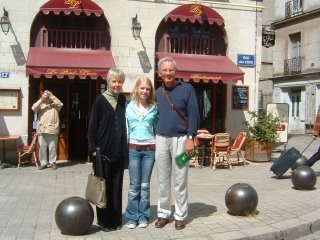
With Claire in Nantes
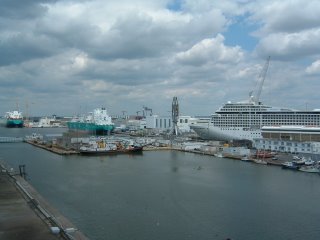
St. Nazaire port
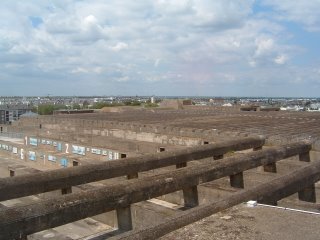
German U-boat bunker (St. Nazaire)
That evening Claire’s host family invited us to their home for dinner. This gave us a chance to thank them for all their kindnesses to Claire and to hear her carry on in rapid-fire French with the parents and her schoolmate. We came away impressed with the value of educational exchange, both for the exchangee and the host family. This is a trite observation, we realize, especially given our former professions, but the personal experience of a family member drives the point home.

Claire and her host family

